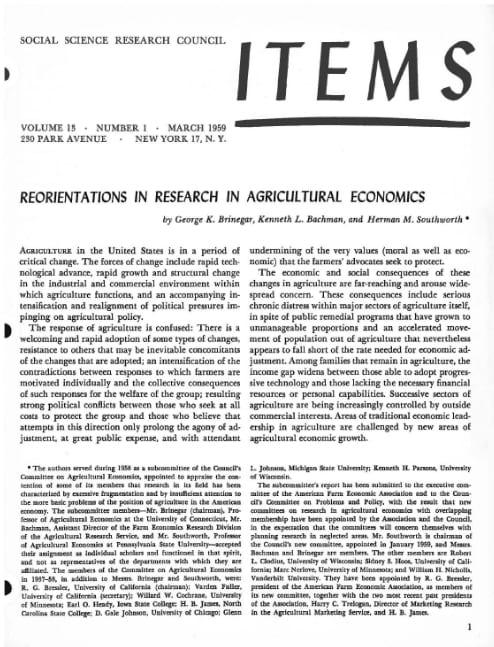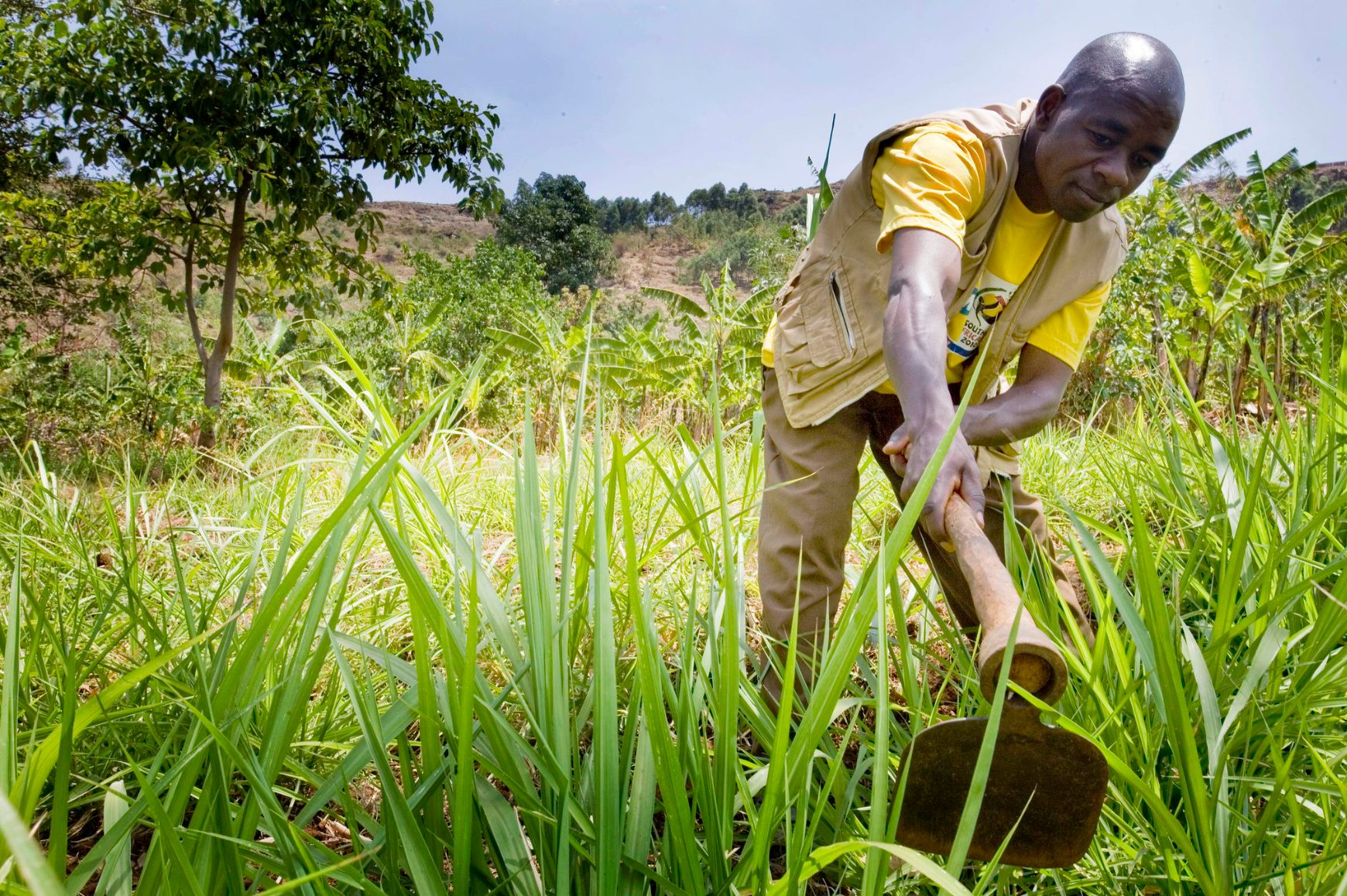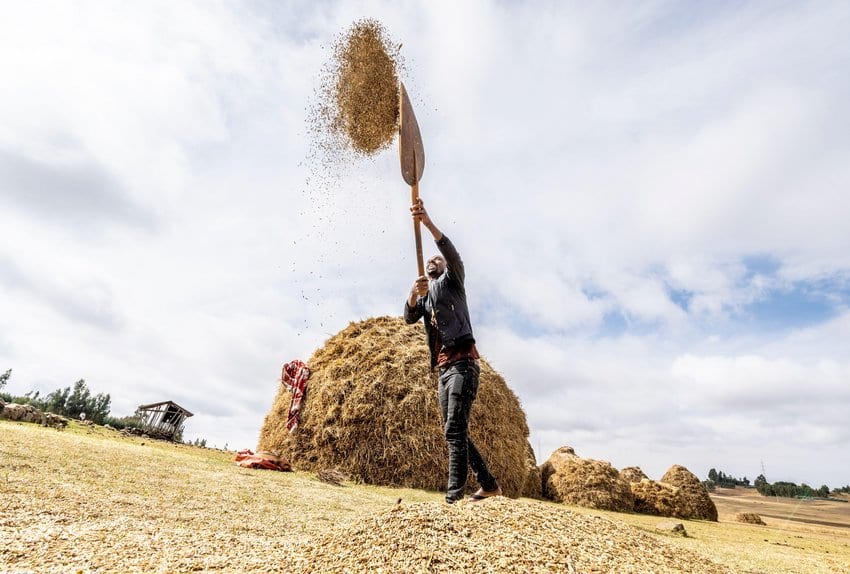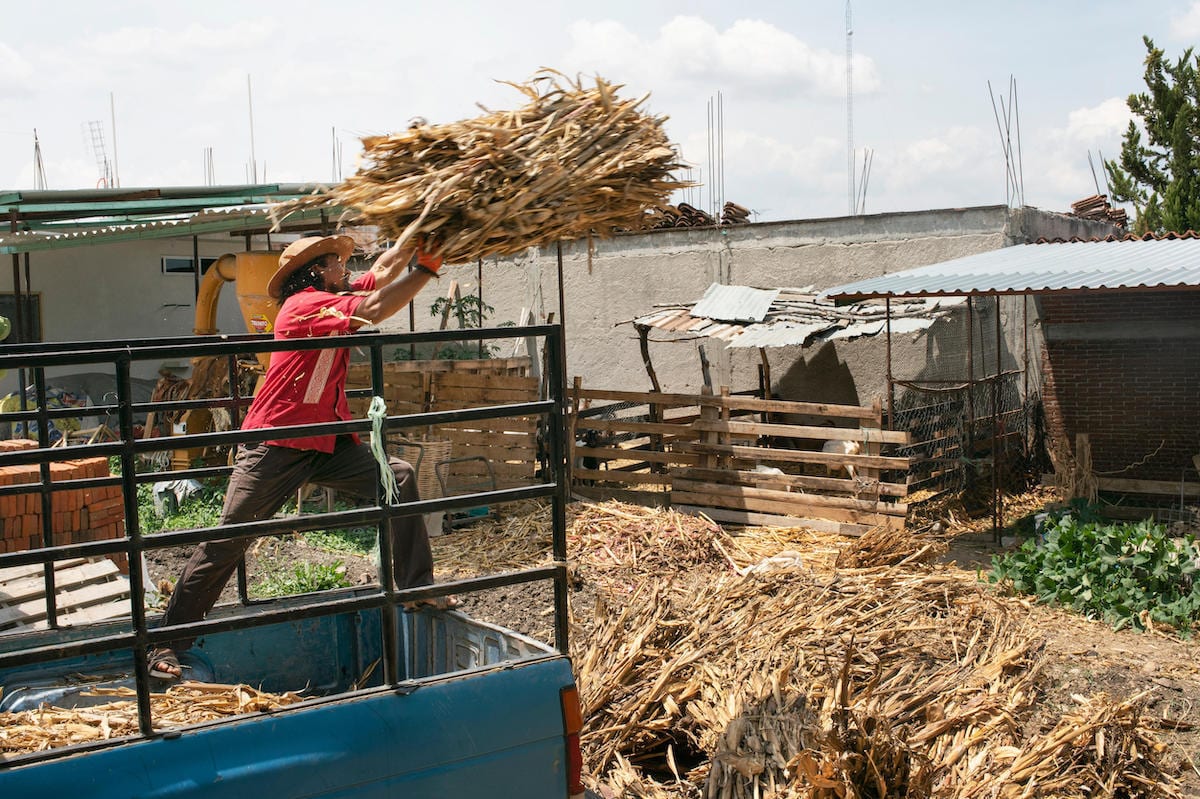The 1960s: The Green Revolution


1960s: The Green Revolution
1960s: The Green Revolution
“Whoever makes two ears of corn, or two blades of grass, to grow upon a spot of ground where only one grew before, would deserve better of mankind, and do more essential service to his country, than the whole race of politicians put together.”
— (Jonathan Swift, Gulliver’s Travels, quoted in Gollin et al 2021).
In the 1960s, with hunger and malnutrition widespread in low-income countries, international agricultural research centers were established around the world to develop high-yield varieties of food crops such as rice, wheat, and maize. The large-scale cross-breeding initiatives launched by these research centers were remarkably successful, resulting in the development and release of new varieties estimated to have increased crop yields by 44 percent between 1965 and 2010.

Delaying the Green Revolution by a decade would have cost an estimated $83 trillion, approximately one year of current global GDP. Had the Green Revolution never occurred, researchers estimate GDP per capita in low- and middle-income countries would be only about 50 percent of what it is now.
The Green Revolution is widely celebrated for enabling the production of more food from the same amount of land, even as the world’s population more than doubled. Less well-known are the contributions of social and behavioral scientists in the development of interventions to increase the adoption of more productive agricultural technologies.
In 1925, the Social Science Research Council established the Committee on Social and Economic Research in Agriculture, providing over 100 fellowships to social and behavioral scientists to study take-up of agricultural innovations. Many of these SSRC Fellows would later play important roles in the Green Revolution.

Charles P. Loomis, SSRC Fellow and later professor of sociology at Michigan State University, studied the adoption of agricultural innovations in Latin America

Allan R. Holmberg, SSRC Fellow and later professor of anthropology at Cornell University, established a center in Peru to support the adoption of productivity-increasing agricultural technologies

Clifton R. Wharton, Jr., SSRC Fellow and later president of Michigan State University and chancellor of the State University of New York, worked to increase the adoption of high-yielding food crops in Southeast Asia
Social and behavioral scientists have continued to make advances in identifying interventions that can increase the adoption of yield-enhancing agricultural technologies in areas where uptake remains low.
Connecting isolated farmers in western Uganda to buyers who valued maize quality increased farm productivity and income.

Improving agricultural extension demonstration techniques in Ethiopia increased the likelihood that smallholder farmers would try a newly introduced improved wheat variety.

Sharing information about new agricultural technologies with farmers central to social networks in Malawi increased the likelihood that other farmers would adopt the new techniques.

Farmer offloading corn stalks in Oaxaca, Mexico

Suggestion Form
What other notable contributions have been made by social and behavioral science to identifying solutions to pressing societal challenges?
Suggestion Form
What other notable contributions have been made by social and behavioral science to identifying solutions to pressing societal challenges?
Explore More History of Social and Behavioral Science
Social Science Research Council
300 Cadman Plaza West, 15th Floor
Brooklyn, NY 11201, USA
212-377-2700
Social and behavioral science
for the public good.
The Social Science Research Council, a nonpartisan nonprofit founded in 1923 by seven professional associations in the social and behavioral sciences, mobilizes policy-relevant social and behavioral science for the public good.

